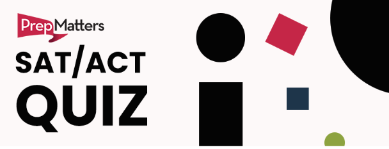Posted on: March 3, 2019
This column puts the spotlight on Earlham College in Richmond, Indiana and Guilford College in Greensboro, North Carolina. By most standards, these schools are tiny (Guilford having about 1,700 undergrads and Earlham only 1,050), and yet they have managed to gain big-time reputations – and deservedly so. We feature them together because they have similar roots and reflect similar styles and values today. Both were founded in the nineteenth century as Quaker institutions, but both long ago became non-sectarian and open to all. Both have earned features in Loren Pope’s Colleges that Change Lives. Both have diverse student bodies. Both attract students internationally. Both have garnered awards and recognition that belie their size, and both have amazing records for sending alums on to graduate programs.
Academically, these are traditional liberal arts institutions. Each has distribution requirements and offers about 40 degree and interdisciplinary programs. But make no mistake: the academic philosophy is one of engagement and experiential learning. It’s not only book study at these institutions, and students are far from being isolated in an ivory tower existence.
Earlham students choose a major from among six divisions, but students can personalize and add focus to their educational experience through the college’s Integrated Pathways program in which students integrate course instruction with co-curricular work and a final project. Earlham’s EPIC program (Earlham Program for Integrated Curriculum) enables students to meld their academic study with outside experiences. For each student, the college will fund one outside experience – an internship, a research project, or a study abroad experience. Then there’s Earlham’s May term, which is comprised of three- and four-week concentrated faculty-led experiences, all designed to augment student learning.
Guilford offers a similar number of majors and is also bolstering its emphasis on multidisciplinary teams and collaborative learning through the Guilford Edge. The college recently initiated 15-week semesters that are built around a 3-12 cycle. Each semester begins with three weeks of outside study (through internships or travel experiences), which are then followed by a 12-week conventional study schedule. Guilford’s location gives it one particular advantage – membership in the Greater Greensboro Consortium, which (in addition to Guilford) includes Bennett College, Elon University, Greensboro College, Guilford Technical Community College, High Point University, North Carolina Agricultural & Technical State University and the University of North Carolina at Greensboro.
Both of these schools have a distinct vibe that reflects their Quaker heritage. Students are concerned with ethical standards and social responsibility, and the tradition is long-standing. Guilford is listed on the National Underground Railroad Network to Freedom, and Earlham went against public opinion during WWII years by accepting Japanese-American students. This tradition still runs strong today, as is evident in course offerings such as Earlham’s Peace and Global Studies and Guilford’s Peace and Conflict Studies. Guilford and Earlham are doing their parts to turn out students who will be successful in their careers and who are prepared and equipped to make a difference in our troubled world.




